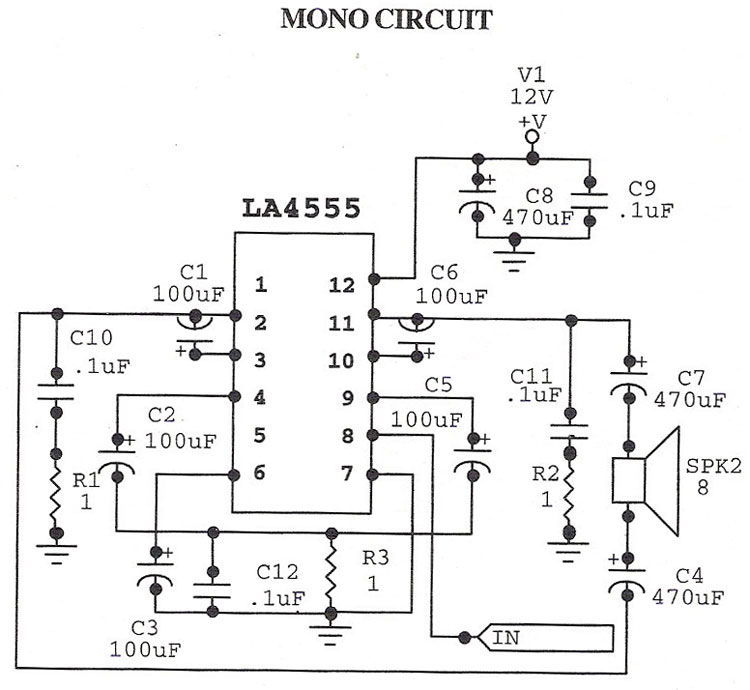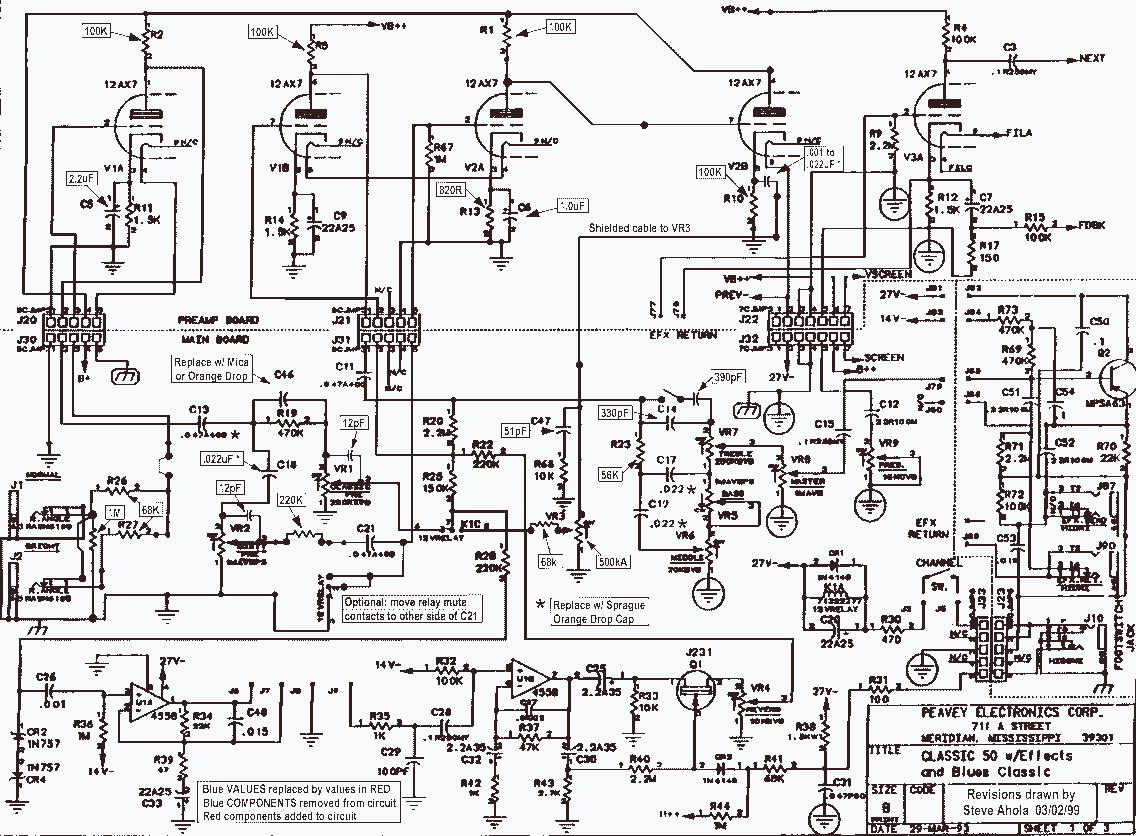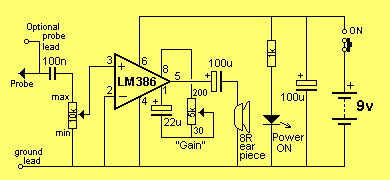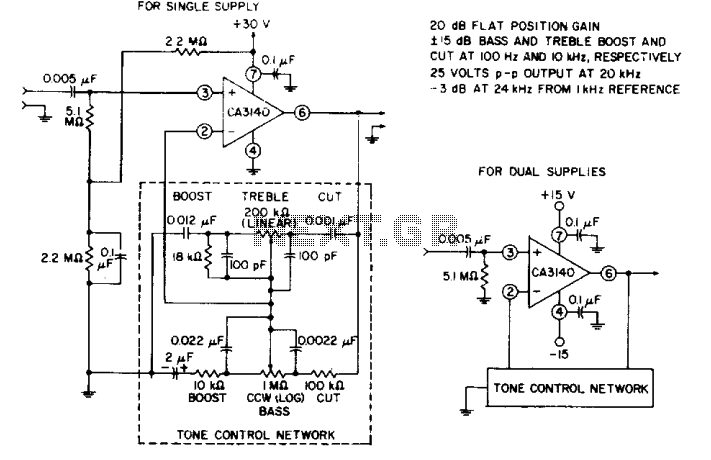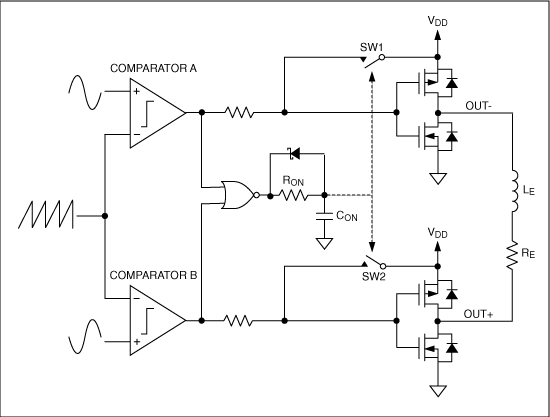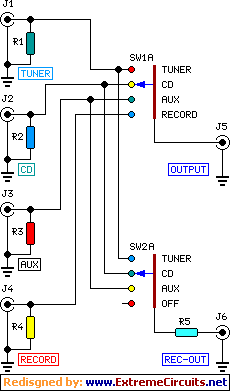
400MHz differential amplifier OPA660 BUF601 schematic
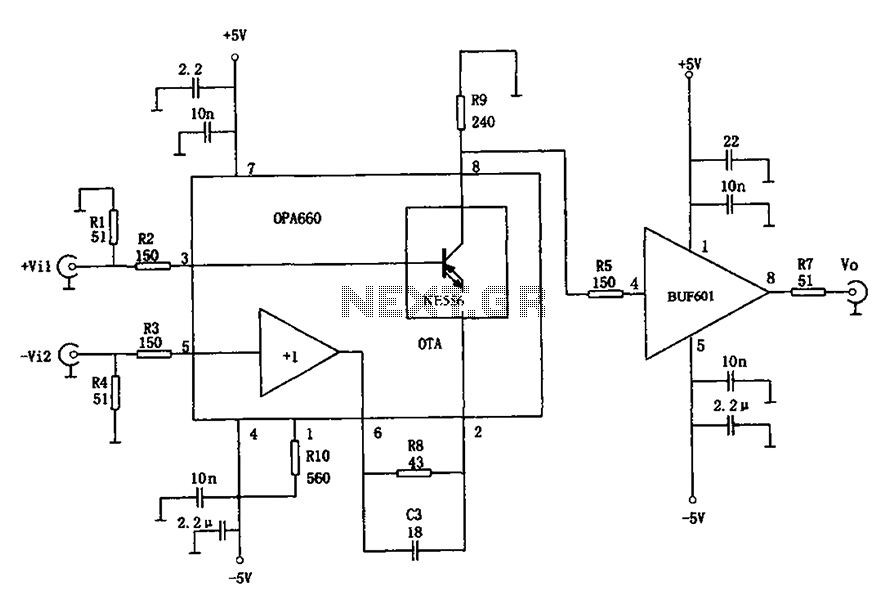
The circuit presented is a 400MHz broadband differential amplifier. It comprises two main components: the incoming broadband differential amplifier integrated circuit OPA660 and the buffer amplifier BUF601. The voltage gain of the circuit is given by the formula Av = R9 / (R8 + 1/gm), where gm represents the transconductance of the OPA660 operational transconductance amplifier. Given that the resistance R10 is 560 ohms, the quiescent current for the OPA660 is approximately 10mA, resulting in a transconductance gm of 82mA/V.
The 400MHz broadband differential amplifier circuit is designed to amplify differential signals while rejecting common-mode noise, making it suitable for high-frequency applications. The OPA660 integrated circuit serves as the core amplification component, providing high-speed performance and low noise characteristics. It operates effectively in a differential configuration, which enhances its ability to process signals with minimal distortion.
The buffer amplifier BUF601 is used to isolate the output of the OPA660 from subsequent stages, ensuring that the load does not affect the amplifier's performance. The voltage gain of the circuit is calculated using the resistors R8 and R9, along with the transconductance value of the OPA660. The gain formula indicates that the gain can be adjusted by varying the values of R8 and R9, allowing for flexibility in the circuit's performance based on the specific application requirements.
The quiescent current of approximately 10mA is crucial for maintaining the linear operation of the OPA660, ensuring that it operates within its optimal range. The transconductance value of 82mA/V indicates the amplifier's ability to convert input voltage changes into proportional output current changes, which is essential for achieving the desired amplification characteristics.
Overall, this circuit configuration is ideal for applications requiring high-speed signal processing, such as in communication systems or high-frequency data acquisition systems, where fidelity and speed are paramount. As shown for the 400MHz broadband differential amplifier circuit. The circuit consists of two parts: the incoming broadband differential amplifier integrated chip OPA660 compos ition and the composition of the cache by the amplifying circuit BUF601. The voltage of the circuit magnification: Av R9/(R8 + 1/gm), where gm is the transconductance amplifier OTA OPA660 transconductance. Because the figure of the resistance R10 560, so the OPA660 quiescent current is about 10mA, this time the transconductance gm 82mA/V.
The 400MHz broadband differential amplifier circuit is designed to amplify differential signals while rejecting common-mode noise, making it suitable for high-frequency applications. The OPA660 integrated circuit serves as the core amplification component, providing high-speed performance and low noise characteristics. It operates effectively in a differential configuration, which enhances its ability to process signals with minimal distortion.
The buffer amplifier BUF601 is used to isolate the output of the OPA660 from subsequent stages, ensuring that the load does not affect the amplifier's performance. The voltage gain of the circuit is calculated using the resistors R8 and R9, along with the transconductance value of the OPA660. The gain formula indicates that the gain can be adjusted by varying the values of R8 and R9, allowing for flexibility in the circuit's performance based on the specific application requirements.
The quiescent current of approximately 10mA is crucial for maintaining the linear operation of the OPA660, ensuring that it operates within its optimal range. The transconductance value of 82mA/V indicates the amplifier's ability to convert input voltage changes into proportional output current changes, which is essential for achieving the desired amplification characteristics.
Overall, this circuit configuration is ideal for applications requiring high-speed signal processing, such as in communication systems or high-frequency data acquisition systems, where fidelity and speed are paramount. As shown for the 400MHz broadband differential amplifier circuit. The circuit consists of two parts: the incoming broadband differential amplifier integrated chip OPA660 compos ition and the composition of the cache by the amplifying circuit BUF601. The voltage of the circuit magnification: Av R9/(R8 + 1/gm), where gm is the transconductance amplifier OTA OPA660 transconductance. Because the figure of the resistance R10 560, so the OPA660 quiescent current is about 10mA, this time the transconductance gm 82mA/V.
